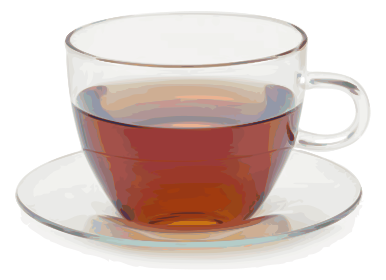In my last post I quoted Pamela Regis, who told the 2010 IASPR conference that "our discipline values complexity in its study texts." The following quote from an essay by Deborah Kaplan demonstrates this, and also illustrates the way in which the popular romance's assumed lack of complexity has tended to lower its value in the eyes of literary critics:
Jane Austen as one of the mothers of the Harlequin or Silhouette novel? Such a genealogy makes many an Austen devotee smile. We know Austen’s novels to be so much more complex and nuanced, so much more culturally and linguistically enriching than the mass-market romance. And yet, recent popular representations reveal a distinct trend: the harlequinization of Jane Austen’s novels. If Austen is one of the ancestors of the paperback romance, recent films of her work are now the heirs of this popular form. The two most explicit descendants in this romance genealogy are the films of Sense and Sensibility, adapted by Emma Thompson and directed by Ang Lee, and Emma, adapted and directed by Douglas McGrath.
By harlequinization I mean that, like the mass-market romance, the focus is on a hero and heroine’s courtship at the expense of other characters and other experiences, which are sketchily represented. As the tip sheet suggests, the hero and heroine’s plot should begin in the first chapter—no wasting time with matters as extraneous as the heroine’s life anytime before she first encounters the hero. Harlequinization does not require a plot closely patterned on Pride and Prejudice’s. But it does necessitate an unswerving attention to the hero’s and heroine’s desires for one another and a tendency to represent those desires in unsurprising, even clichéd ways.
I began to gear myself to write a long and detailed defence of popular romance novels (and in particular of Harlequin/Mills & Boon ones) but then it occurred to me that (a) I've already had one published and it was over 200 pages long and (b) often, simplicity is more my cup of tea anyway.

---
Kaplan, Deborah. "Mass Marketing Jane Austen: Men, Women, and Courtship in Two of the Recent Films." Persuasions 18 (1996): 171-181.
Regis, Pamela. “What Do Critics Owe the Romance? Keynote Address at the Second Annual Conference of the International Association for the Study of Popular Romance.” Journal of Popular Romance Studies 2.1 (2011).
Image of a cup of tea from the Open Clip Art Library.

The sneering dismissal of
The sneering dismissal of romance as genre is both irritating and mindboggling. If it is nuanced it isn't romance? Thus romance is never nuanced? *bah!*
That's a Catch 22 situation,
That's a Catch 22 situation, isn't it. I'm also wary of descriptions such as "transcends the genre" because again it seems like it could be another way to skim off good romances (however "good" is being defined by that person) so that all that remains are the romances which have failed to transcend the genre (and thus demonstrate that romance is basically formulaic, repetitive and unliterary).
On the topic of romance being nuanced, did you see that Jessica of Read React Review (which is now sadly on hiatus), who's also a philosophy professor at the University of Maine, has posted "this year’s syllabus for the upper level undergraduate course I teach on Ethics and Fiction" and that it includes a section on romance which should be of some interest to you in particular:
VII. Gender, Genre, and Ethical Criticism
12/9 Bet Me, Jennifer Crusie (first half) This is Not Your Mother’s Cinderella: Romance Novel as Feminist Fairy Tale, by Jennifer Crusie
12/11 Bet Me, Jennifer Crusie (second half)
Getting Laid, Getting Old, Getting Fed: The Cultural Resistance of Jennifer Crusie’s Romantic Heroines, Kyra Kramer
12/13 Joanne Hollows, “Reading Romantic Fiction”
That gives me a lot more
That gives me a lot more squee than it should, were I a serious and highminded adult.